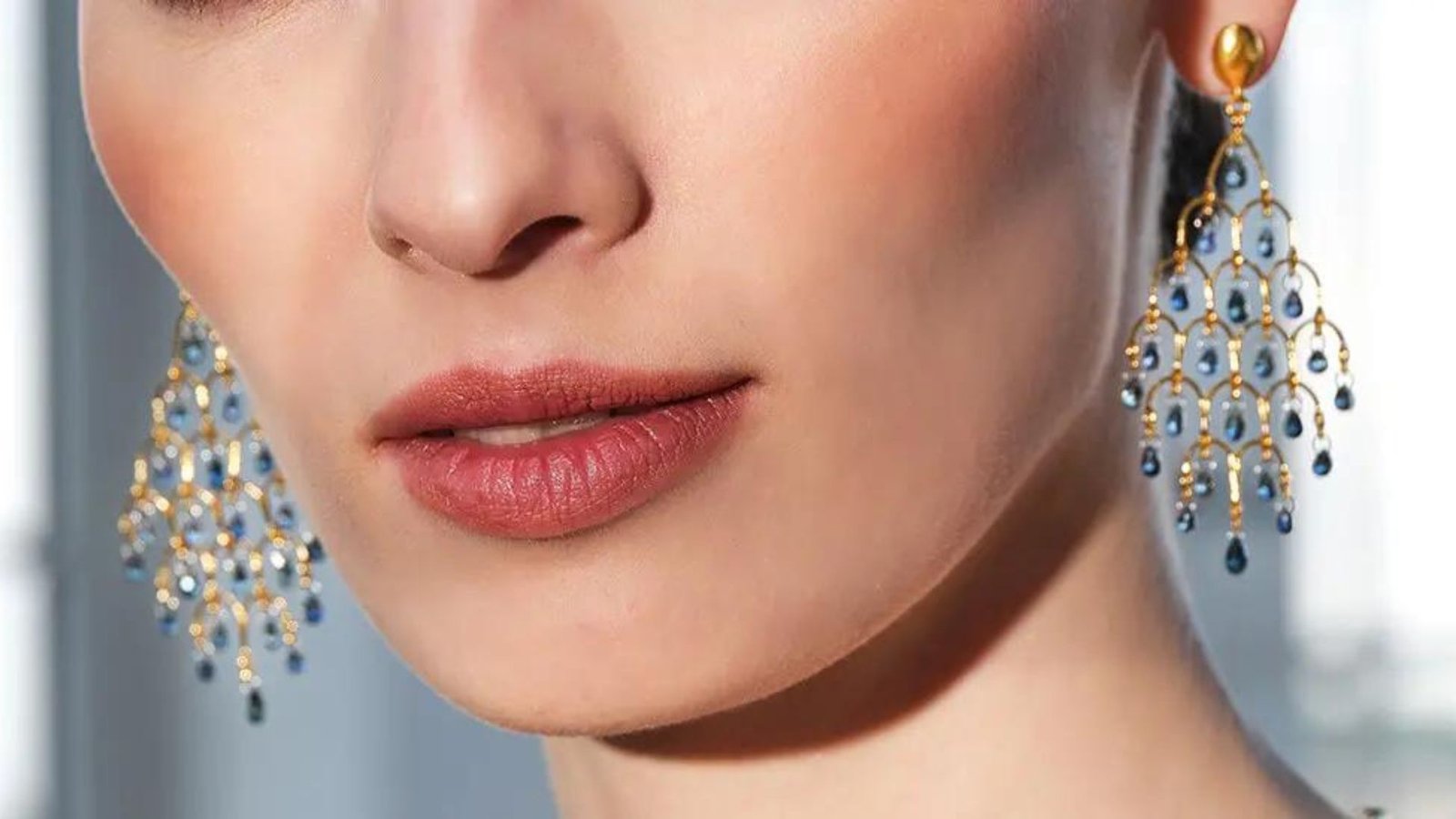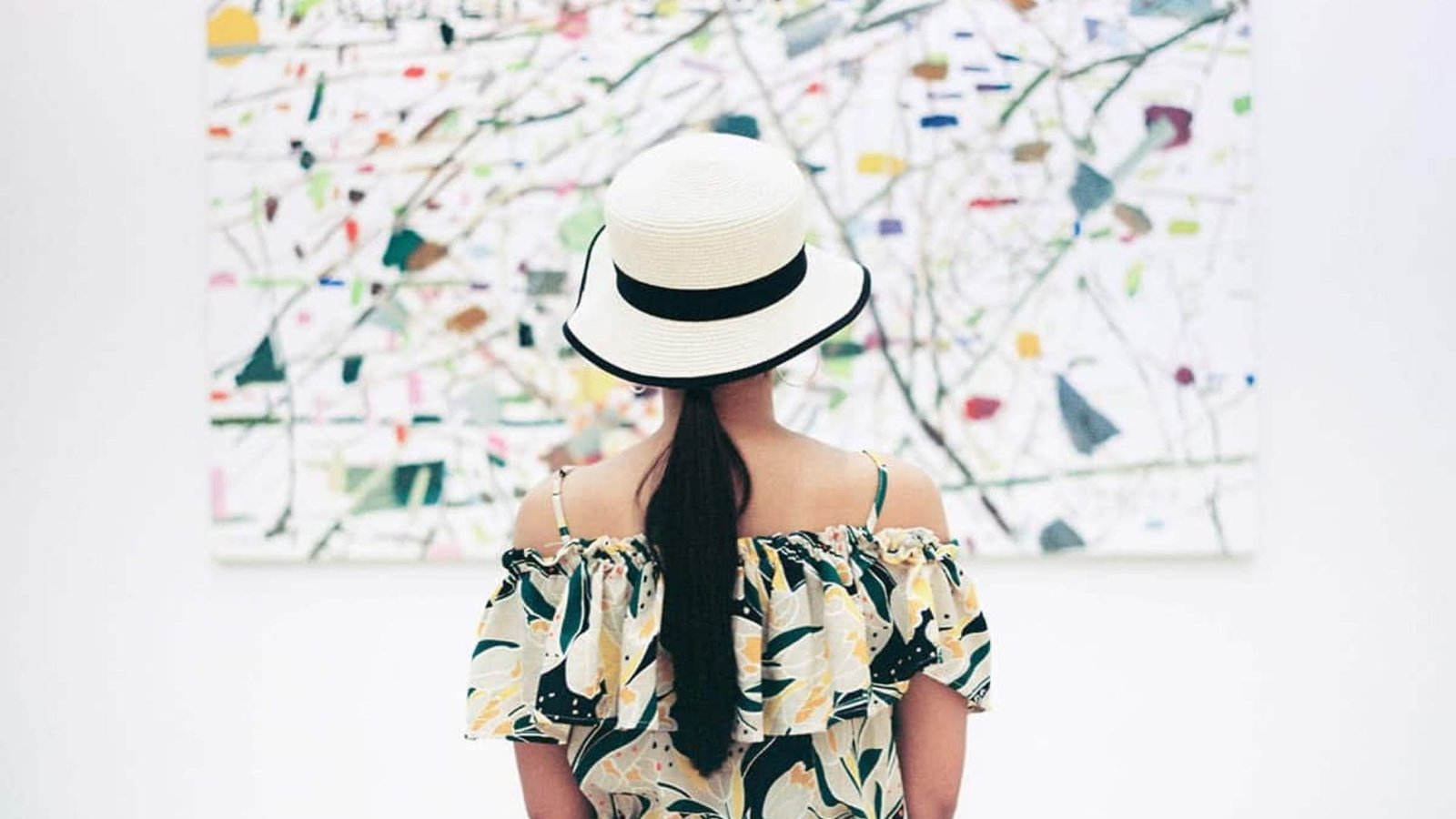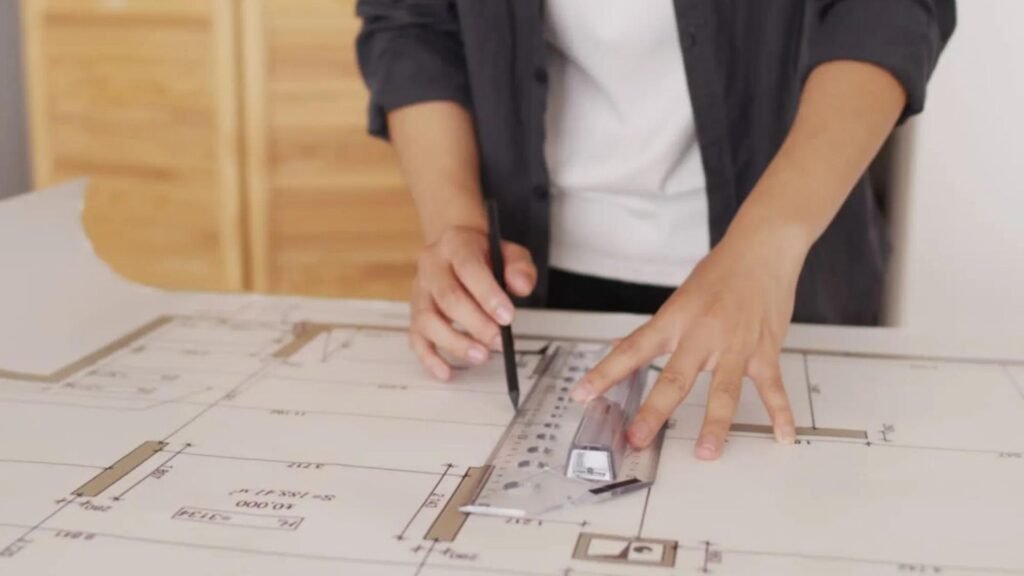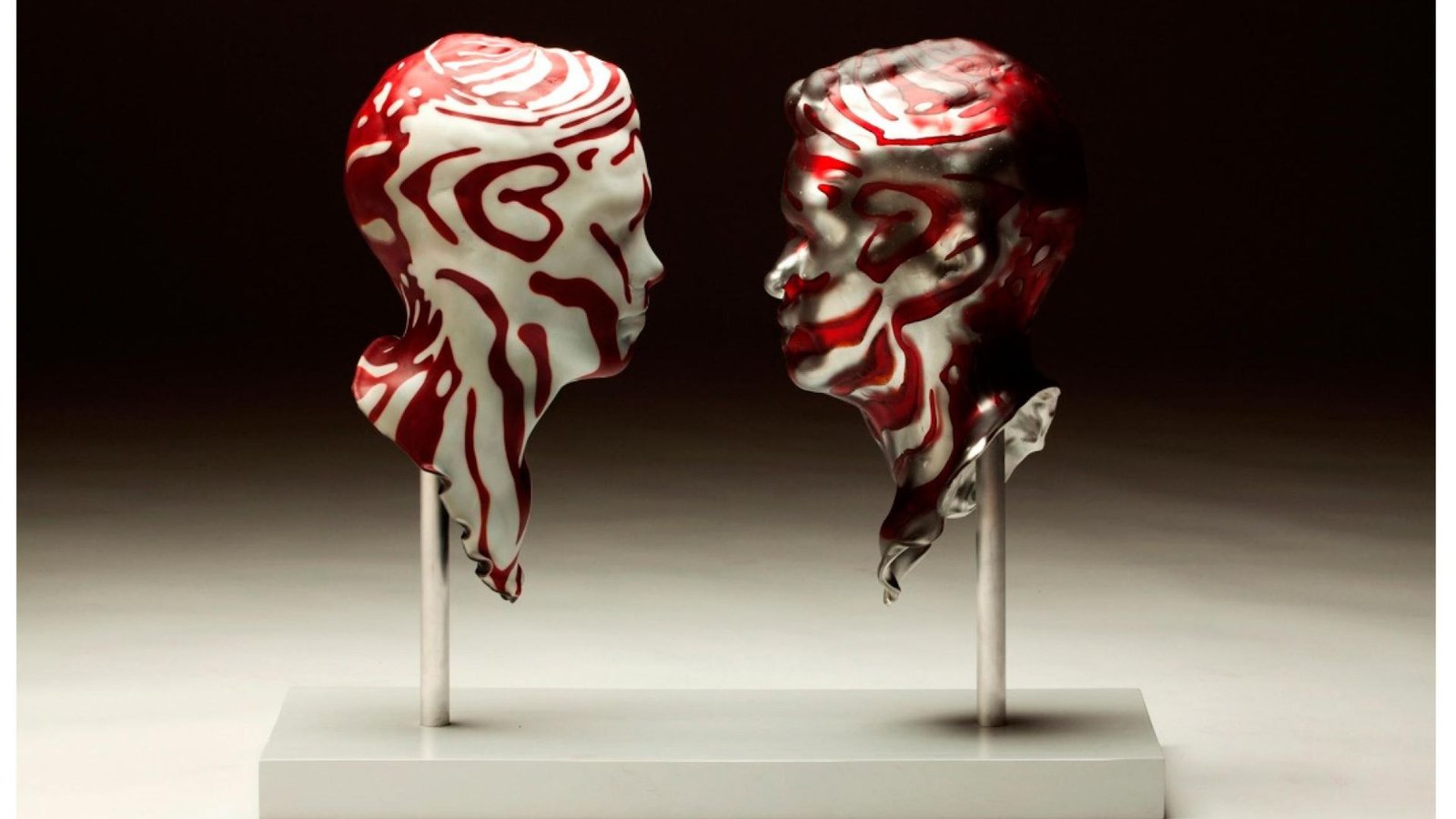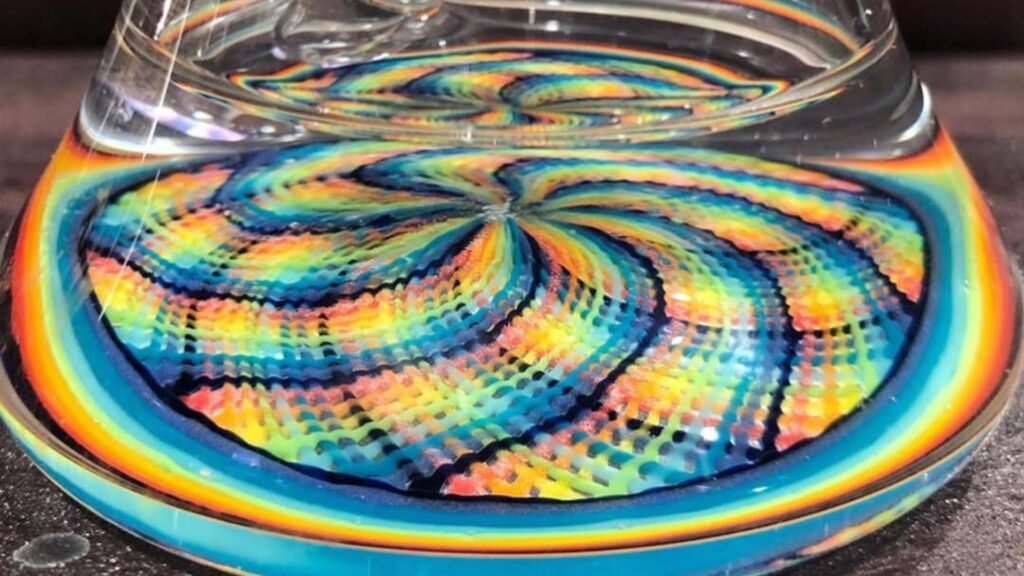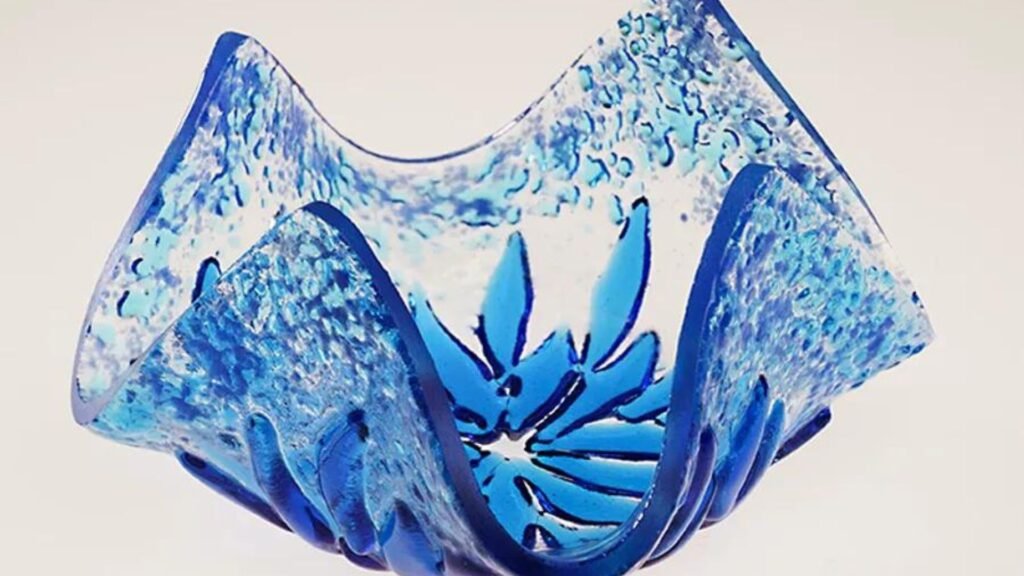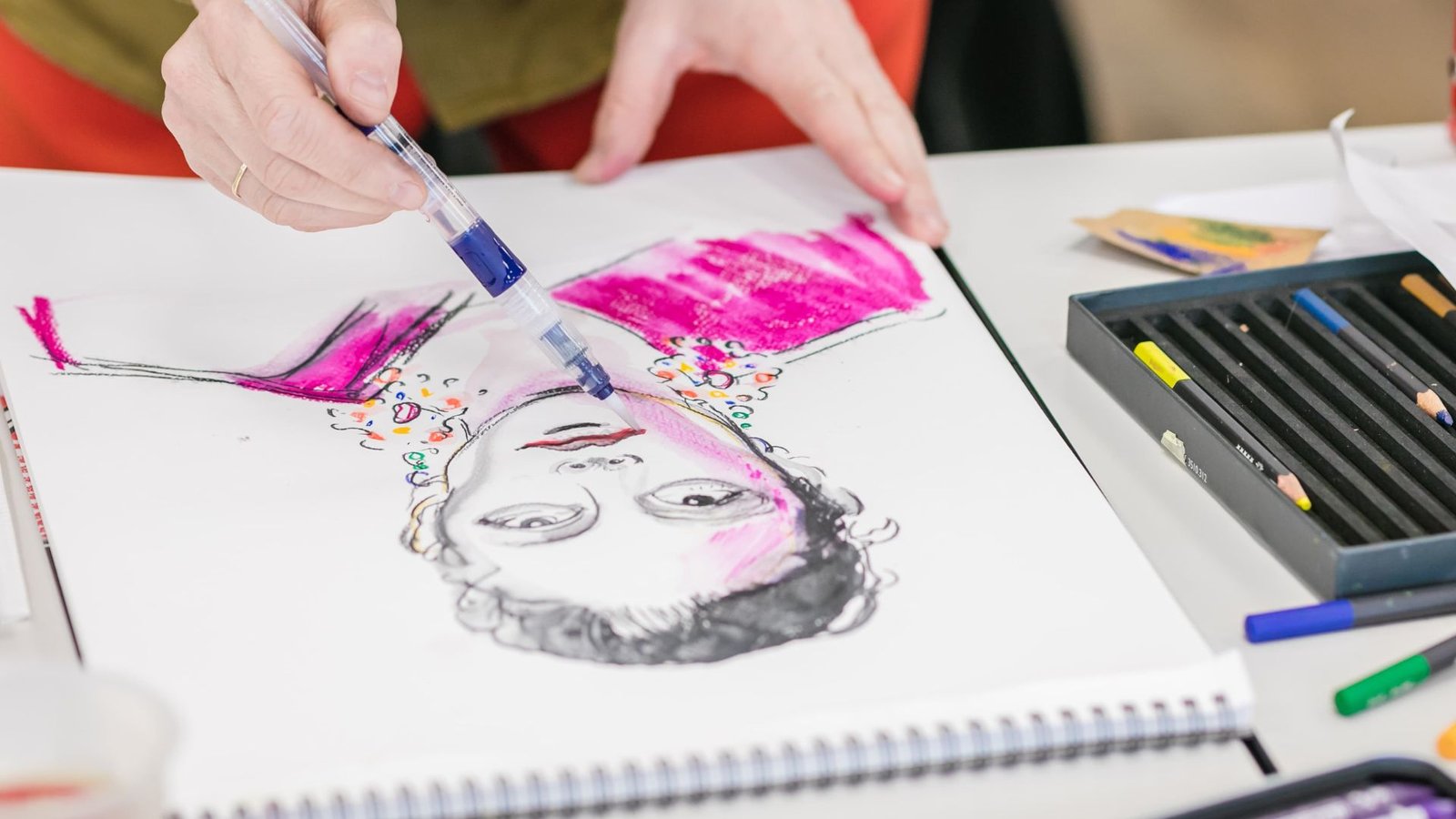The Evolution of Modern Art
Modern art has undergone a remarkable transformation over the past century. It broke away from the traditional styles that once defined art and embraced innovation, abstraction, and individuality. This evolution not only changed how artists express themselves but also how audiences interpret and interact with art. As the world changed, so did the art that reflected it—becoming more inclusive, experimental, and deeply connected to social and political movements.

The Influence of Technology on Modern Art
Technology has played a huge role in shaping modern art. With the rise of digital tools and platforms, artists can now create and share their work in entirely new ways. Digital installations, interactive exhibits, and even virtual galleries have opened up fresh opportunities for artistic expression. Interestingly, this shift has also created links between art and entertainment industries. For instance, platforms that once focused solely on gaming or leisure now support creative exploration. In fact, some online platforms—like live dealer casinos—are adopting high-quality visuals and interactive design elements that mirror artistic trends, blurring the line between digital entertainment and modern art.
Movements That Redefined Art
Several key movements pushed modern art beyond its classical roots. Impressionism began the break from realism by capturing emotion through light and color. Later, movements like Cubism, Dadaism, and Surrealism introduced radical ideas about form and meaning. These shifts challenged viewers to rethink what art could be. Abstract Expressionism and Pop Art continued this trend, embracing bold ideas and styles that reflected cultural changes. Each movement built on the last, showing how art responds to the world around it.
Explore Artistic Glasswork
Glass Gallery showcases a variety of beautiful and unique glass art. For another form of entertainment, you might enjoy joka casino pokies online. Discover both artistic glass pieces and online gaming options.
Art as a Form of Protest and Identity
Modern art often serves as a powerful voice for social change. Artists use their work to speak out against injustice, explore identity, and highlight overlooked issues. Street art and public installations, for example, bring these messages directly to the people. This type of expression has become more visible and influential in the modern age, where social media can amplify an artist’s voice across the globe. Because of this, modern art is not just a personal expression—it’s a public conversation.
The Globalization of Artistic Influence
Thanks to the internet and globalization, modern artists are now drawing inspiration from a wide range of cultures and perspectives. This cross-cultural influence adds richness to the global art scene. Artists from different parts of the world collaborate, learn from each other, and combine their styles to create something new. This global exchange has made modern art more diverse and inclusive than ever before, opening doors for artists who were once marginalized or overlooked.
The Future of Modern Art
The future of modern art looks both exciting and unpredictable. As artists continue to experiment with virtual reality, artificial intelligence, and interactive experiences, the definition of art will keep expanding. People may one day visit galleries entirely in virtual worlds or create digital art powered by AI. But no matter the medium, the purpose remains the same—modern art continues to reflect human thought, emotion, and experience in a rapidly changing world.
Conclusion
The evolution of modern art shows how creativity adapts and thrives in every era. From traditional brushstrokes to digital canvases, artists have found new ways to express their vision. Technology, globalization, and social awareness have all contributed to the rich, diverse world of modern art today. As the boundaries of art continue to expand, one thing remains clear: modern art will always mirror the spirit of its time.






